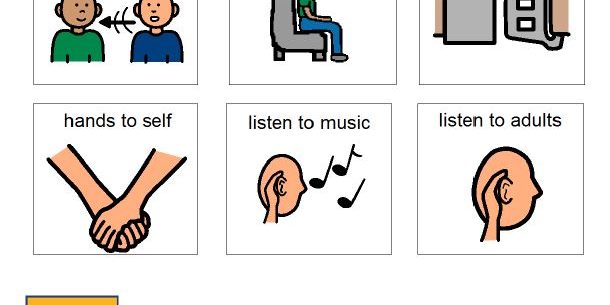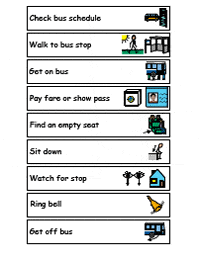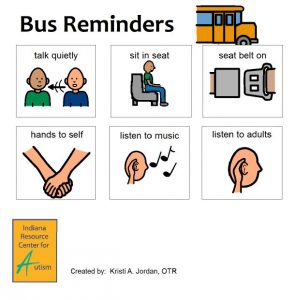20 March 2017 – Many autistic people of all ages can, and do find using public transport stressful.
Planning and carrying out a successful journey requires a complex series of steps and this can be challenging for people on the spectrum, especially for those who are extremely sensitive to sound, light and smells.
Anxiety around social interaction and communication adds to the stress, particularly when there are unexpected changes to the transport timetables. This can lead to people with autism trying to avoiding public transport and may greatly reduce excitement or enthusiasm for travelling away from home.
For people with autism, adequate transportation can offer freedom and independence by increasing mobility.
Initiatives such as the recent Have a Go Days in Hamilton and Wellington are an excellent example of transport providers considering the mobility challenges facing a range of people with different needs.
The aim of each Have A Go Day was to make travel comfortable and easy for everyone in the community, by providing a relaxed, free opportunity to experience a range of transport options.
The Wellington initiative was the idea of My Life My Way, a collaboration of disabled people, their families, organisations and community members in the Hutt Valley.
The event, supported by the Greater Wellington Regional Council, Transdev, NZ Bus and Hutt City Council, aimed to help remove some of the barriers to using public transport.
There are also several autism-friendly strategies that people can learn to use for themselves.
Autism friendly tips for public transport use
Write a Script, or use a Sketch or Sign
Often using visual aids can help people with autism. This could take the form of a script in words or pictures detailing every step needed to use public transport, and -what to do if the bus is late. Scripts can also- teach how to offer a seat to elderly/pregnant woman/other passengers, and teach coping strategies if their favourite seat or driver is not there. Scripts and visuals are useful for coping with missing the bus or other unexpected events.
Things such as planning alternative routes, and instructions on how to check time tables can also be represented as Signs or Scripts or Sketches.
Block out noise
Wear headphones to reduce background noise and play soothing music through them. Some autistic travellers use headphones as a socially acceptable way of signalling they prefer not to engage on conversation.
Carry a familiar object
This can be a book, phone, toy or even piece of cloth; something with a familiar smell, or feel. Favourite smells on a handkerchief can help with avoiding unpleasant smells. This can help to comfort and distract, reduce stress, and avoid a sensory overload.
Travel at quiet times if you can
It might not always be possible, but avoiding rush hour can reduce the stress of public transport. If the train or bus is very full, have strategies to cope with waiting for the next one, which may be less crowded.
Sitting next to an exit may be preferred, but ensure there are strategies such as a script or visual support for choosing a different seat if this seat is not available.
Plan and practice making the trip and learn strategies to cope with change
Options for different routes will help reduce anxiety. Always have a back-up plan for all the possible unexpected changes including different drivers, different routes, road blocks and breakdowns.




